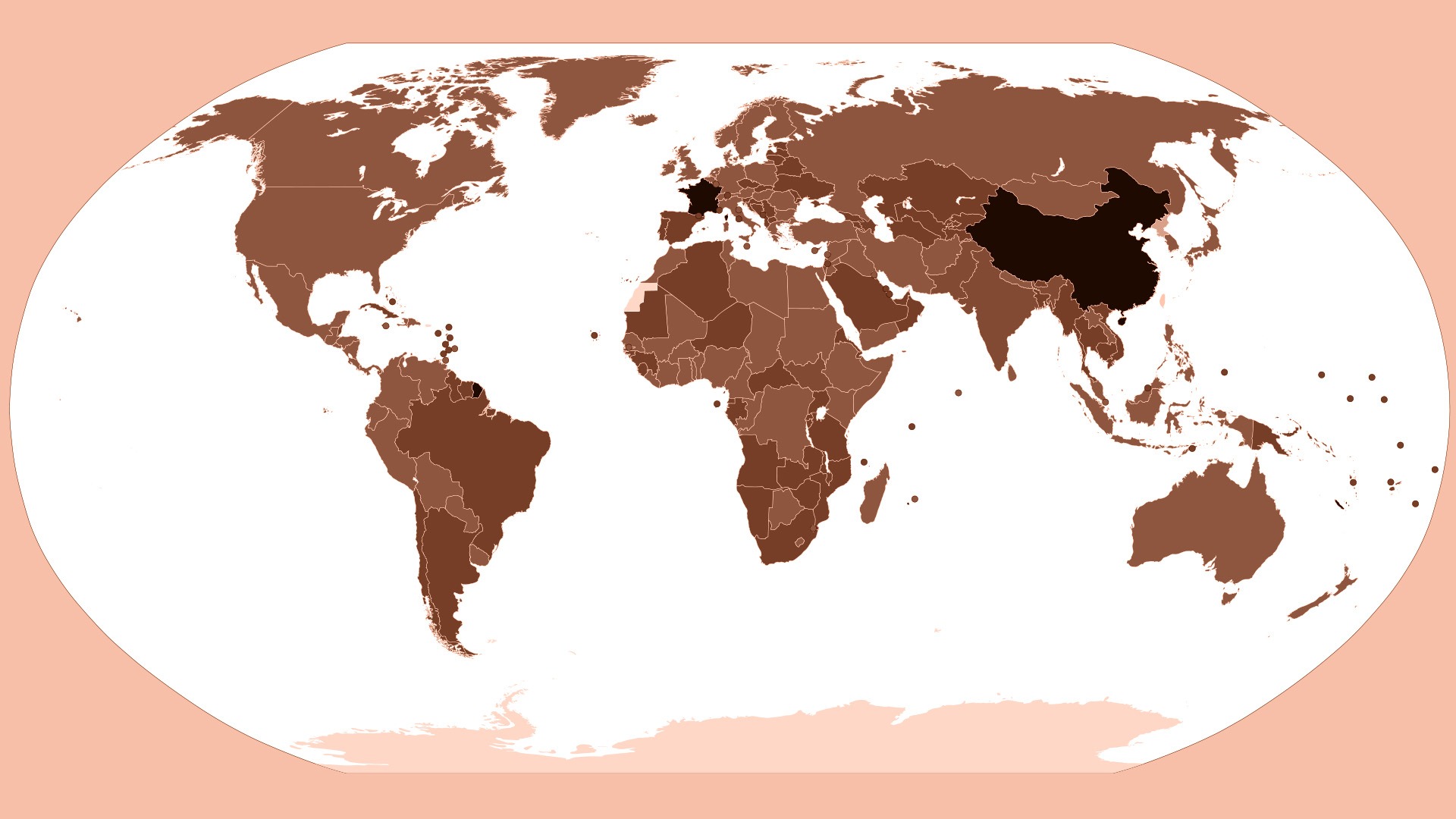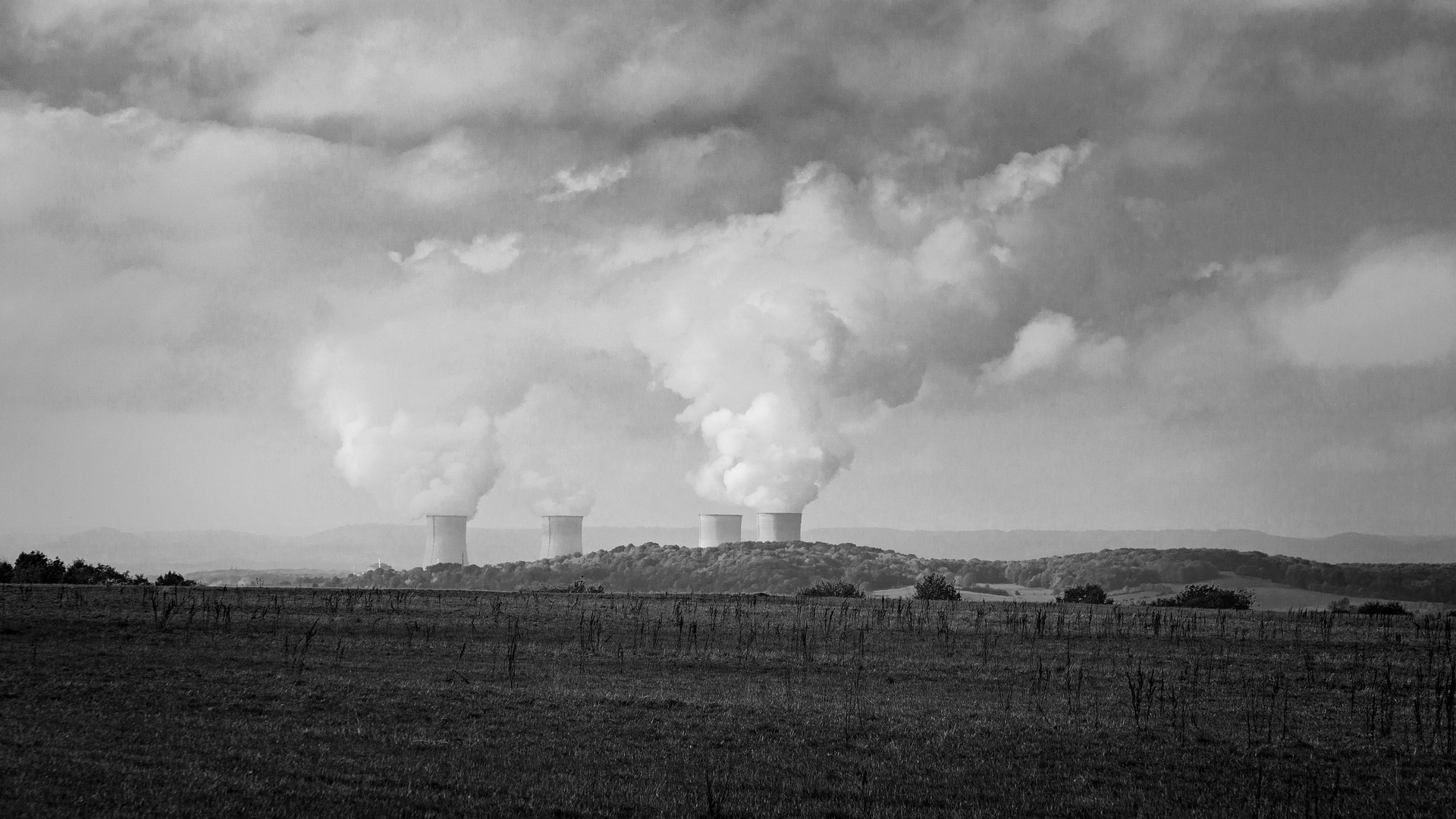Non-NPT Nuclear-Armed States and the NPT: Closing the Gap
APLN Policy Brief 55
The need to bridge the gap between the NPT and the non-NPT nuclear-armed states is vital for achieving the core objectives of the NPT. A review of the policies and practices adopted by the non-NPT nuclear-armed states reveals that at least three of the four (namely, Israel, India and Pakistan) have made notable progress in cultivating a shared sense of obligations with the international community, particularly in the context of preventing proliferation and ensuring the safety and security of nuclear and radiological materials. Also, Israel, India and Pakistan have shown interest in access to peaceful nuclear technology as well as integration with the nuclear and missile export control regimes. However, no meaningful progress has been made on nuclear disarmament. This Policy Brief examines the status of the non-NPT NAS vis-à-vis the three core objectives of the NPT, that is non-proliferation, access to peaceful nuclear technologies and disarmament. It identifies the areas where meaningful progress has been made and highlights the gaps that continue to exist. It then discusses possible ways to bridge the existing gaps by evaluating two options, that is the ‘incremental approach’ with a focus on membership of the Nuclear Suppliers Group, and the other which focuses on the nuclear ban treaty. The paper concludes with a set of recommendations for the way forward.
About the Author
Sadia Tasleem is an APLN Member and a lecturer in Quaid-i-Azam University’s Department of Defence and Strategic Studies in Islamabad, Pakistan. She has previously worked as a senior research scholar at the Institute for Strategic Studies, Research and Analysis of the National Defence University in Islamabad, and been a Copeland Memorial Fellow for Nonproliferation. She has done extensive research on various aspects of strategic stability, nuclear learning and the implications of knowledge diffusion.
Image: APLN/Wikimedia Commons.



